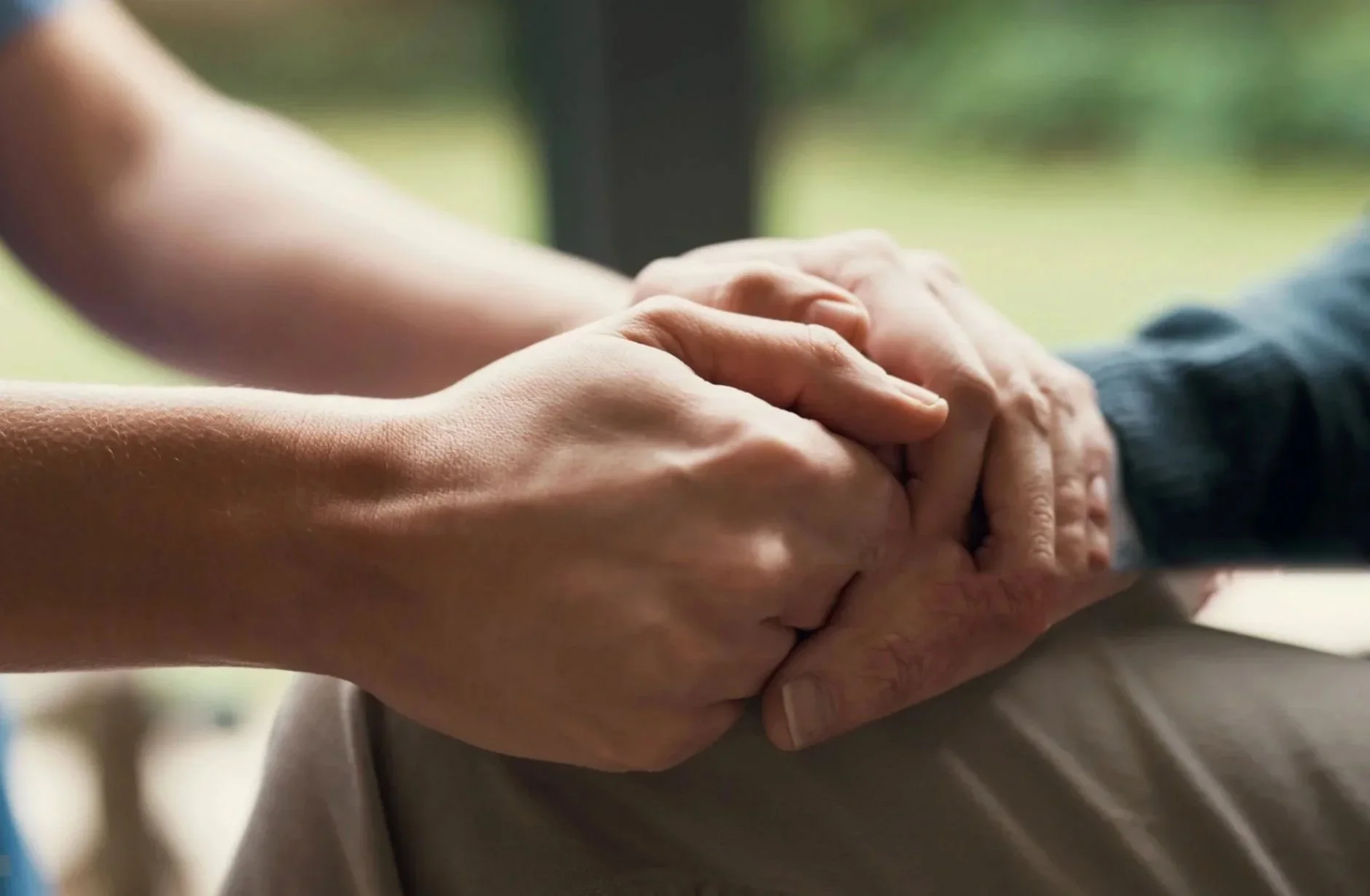Experiencing Grief? - Move More for Your Mental Health
Author: Deborah Auty
Overview: Experiencing Grief? Movement can ease emotional pain, reduce stress, restore routine and foster connection, offering comfort and healing for those navigating bereavement.
Grief is a deeply personal journey — one that affects us not just emotionally, but mentally and physically too. For those who are bereaved, even the simplest daily tasks can feel overwhelming. Yet research and lived experience alike show that gentle movement — taking that first step, literally and metaphorically — can be a powerful tool in coping with grief.
Movement supports emotional release
Grief can cause a build-up of emotional energy, sadness, anger, numbness, that feels hard to express. Physical movement, especially rhythmic or repetitive activity such as walking, swimming, or gardening, can act as a gentle release valve. It allows emotion to move through the body, providing moments of relief when words aren’t enough.
Exercise reduces stress and anxiety during bereavement
When we experience grief, our bodies are often flooded with stress hormones such as cortisol and adrenaline. Physical activity helps regulate these responses by releasing endorphins, natural chemicals that lift mood and reduce anxiety. Even short bursts of light exercise can calm the nervous system and bring clarity to an otherwise foggy day.
Routine and movement build structure
Loss can disrupt every aspect of life, leaving people feeling disoriented or stuck in time. Creating small routines around movement such as a daily walk, morning stretches, a weekly class, can bring gentle structure to the day. These small anchors create a sense of control, accomplishment and stability during uncertain times.
Connection through group activities
Bereavement can be very isolating. Group activities such as a local walking group, yoga class, or sports club provide opportunities to connect with others — even without talking about your loss. Being with others, moving together and sharing space can foster a quiet sense of belonging that supports healing. It can also provide natural opportunities to talk about how we feel and build new friendships.
Movement as a tribute
Some bereaved people find comfort in moving for a cause — such as running a race in memory of a loved one, walking a route they enjoyed together, or climbing a hill they once visited. These acts become tributes, honouring the person who has died while also nurturing the person who lives on.
Gentle ways for movement to help with grief:
Go for a short, daily walk in nature
Try gentle yoga, pilates, or mindful stretching
Tend to a garden or do light household tasks
Join a bereavement walking group or social activity
Dance or move to music (perhaps music that feels connection with the person who has died)
You don’t have to run a marathon. Sometimes, the most powerful act of self-care is simply standing up, stepping outside and allowing your body to lead the way forward.
London to Brighton Cycle Ride, 2025
If you would like to take on a challenge and honour someone who has died, we have an opportunity you might like to consider, sign up for the: London to Brighton Cycle Ride, Sunday 14th September 2025.
It’s not a race but 55 miles of cycling where you can be nurtured by the scenery and at the same time help us raise funds to support people who are bereaved. We would love your help.
Latest Articles



